Do you find supports to be annoying, when you use a 3D printer? A lot of time breaking away surplus pieces of plastic and then cleaning up the resulting ragged edges on your prints is certainly an unwelcome chore. But printing in free space is beyond the capabilities of even the most expensive printer, so it seems we’re stuck with supports for the foreseeable future. [Adam Haile] may have a solution to some support woes though, in the form of a clever technique for printing inset holes without support. His designs have a significant quantity of screw holes with inset heads, too far for the printer to bridge over so his technique breaks down the bridge into manageable smaller distances.
In the video below the break he shows how its done, with successive single layers that contain polygons bridging chords across the circle, with each layer approximating further to the final hole and the last holding the hole itself. Over a few layers the hole is created, without any support but with the minor inconvenience of a not perfectly flat inset. It’s a very clever idea, and one that we’d be interested to see further expanded upon by others.
Continue reading “Look Ma, No Support For My Floating Holes!”

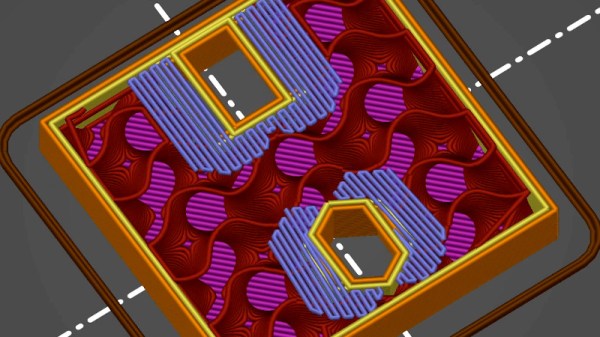
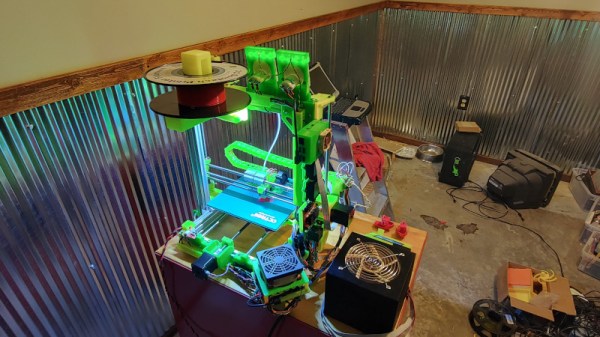


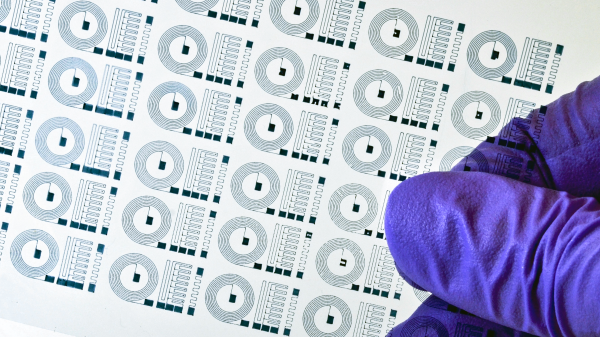
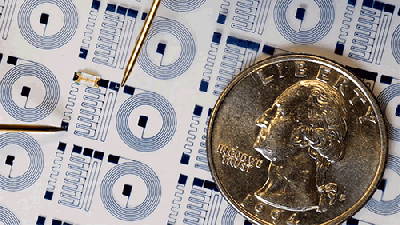

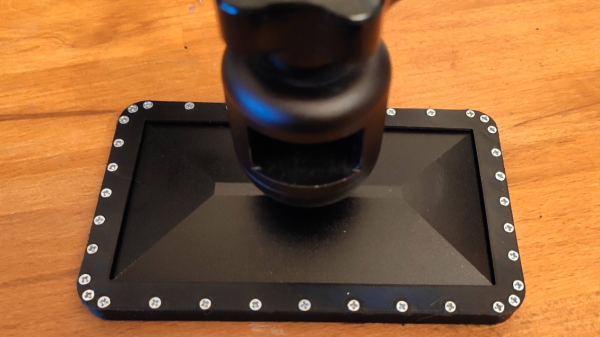
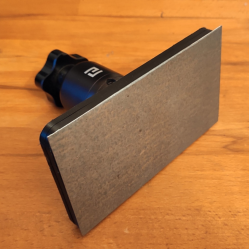
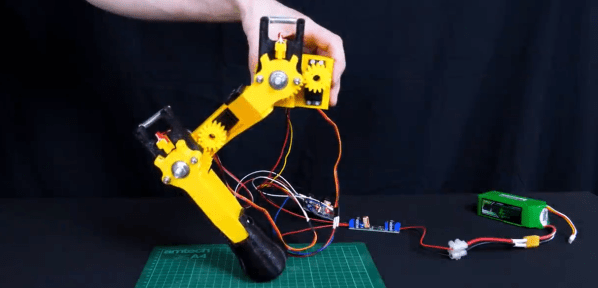
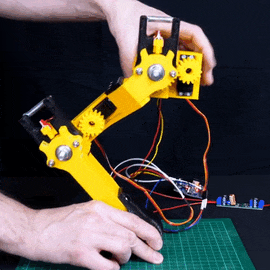 The 3D printed leg mechanism has two joints (hip and knee), with an RC servo to drive each. To make the joints compliant, both are spring-loaded to absorb external forces, and the deflection is sensed by a hall effect sensor with moving magnets on each side. Using the inputs from the hall effect sensor, the servo can follow the deflection and return to its original position smoothly after the force dissipates. This is a simple technique but it shows a lot of promise. See the video after the break.
The 3D printed leg mechanism has two joints (hip and knee), with an RC servo to drive each. To make the joints compliant, both are spring-loaded to absorb external forces, and the deflection is sensed by a hall effect sensor with moving magnets on each side. Using the inputs from the hall effect sensor, the servo can follow the deflection and return to its original position smoothly after the force dissipates. This is a simple technique but it shows a lot of promise. See the video after the break.








